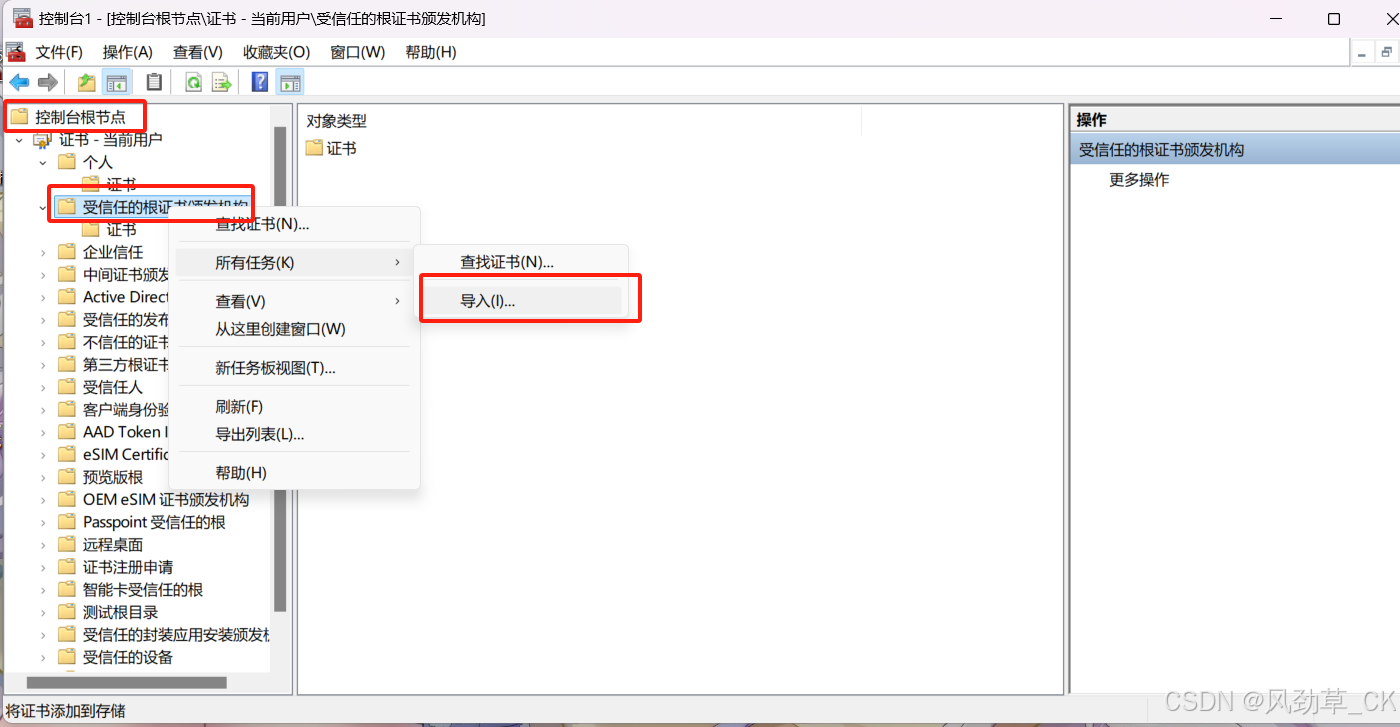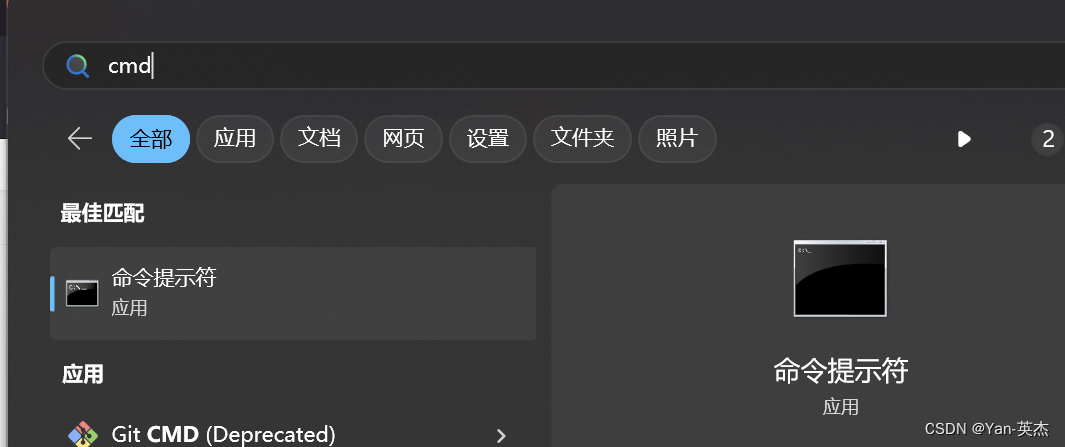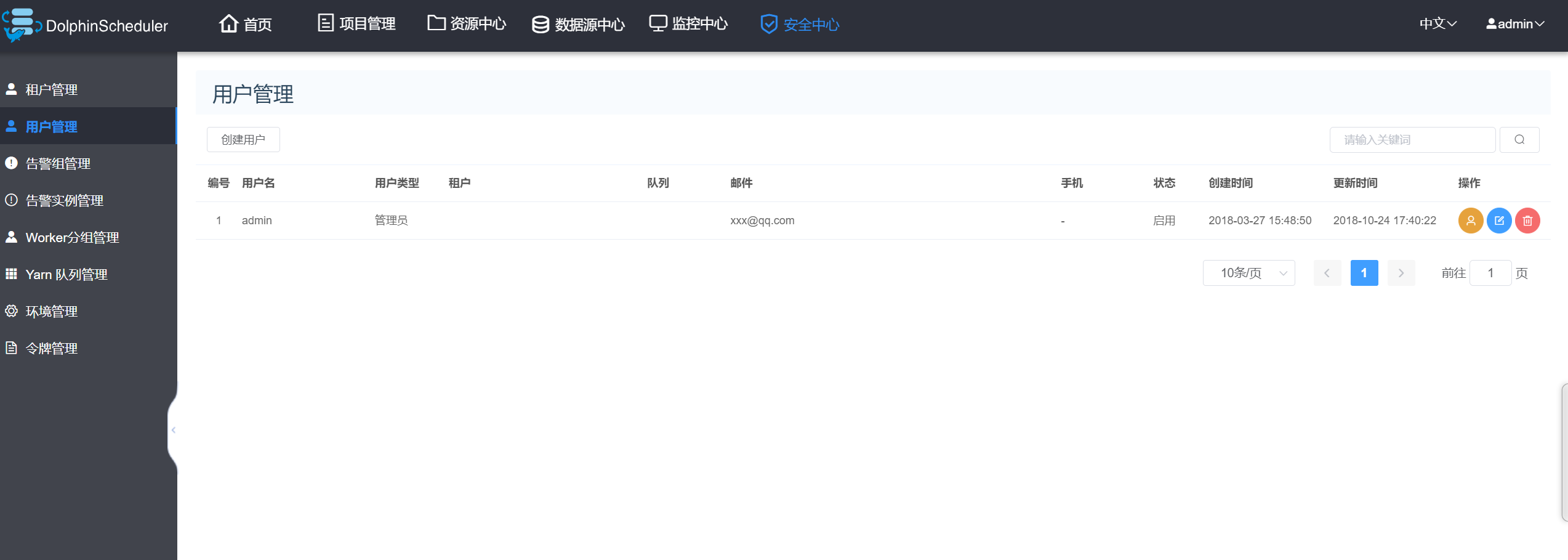
1.LeNet
LeNet-5由两个部分组成:
- 卷积编码器:由两个卷积层组成
- 全连接层密集块:由三个全连接层组成
先试用卷积层来学习图片空间信息,然后使用全连接层来转换到类别空间


第一层卷积层要padding一下,收集边框的信息,然后增加一下输出通道,激活后平均池化,输出一个1*6*14*14的向量,图变小了,但输出通道便多了,实际上信息还是变多了。
第二层卷积继续压缩信息,压缩到[1,16,5,5]。
然后flatten变为一维的,进行全连接。
2.代码实现
import torch
from torch import nn
from d2l import torch as d2l
import torch_directml
class Reshape(torch.nn.Module):
def forward(self, x):
return x.view(-1, 1, 28, 28)
device = torch_directml.device()
net = nn.Sequential(
# 输入通道为1,输出通道为6,输入的是28*28的图片,并用非线性函数Sigmoid来激活
Reshape(), nn.Conv2d(1, 6, kernel_size=5, padding=2), nn.Sigmoid(), # 32*32
nn.AvgPool2d(kernel_size=2, stride=2), # 步幅为2,2乘2的卷积核不会重叠, 32-5+1= 28 28*28
nn.Conv2d(6, 16, kernel_size=5), nn.Sigmoid(), # 28/2 14*14
nn.AvgPool2d(kernel_size=2, stride=2), # 需要算一下这个形状 14-5+1 =10 10*10
nn.Flatten(), # 16个输出通道,5*5,进行一个展平为一维向量 10/2 =5 5*5
nn.Linear(16 * 5 * 5, 120), nn.Sigmoid(),
nn.Linear(120, 84), nn.Sigmoid(),
nn.Linear(84, 10))
X = torch.rand(size=(1, 1, 28, 28), dtype=torch.float32)
# 看一下每一层的形状,一个小技巧
for layer in net:
X = layer(X)
print(layer.__class__.__name__, 'output shape: \t', X.shape)
batch_size = 256
train_iter, test_iter = d2l.load_data_fashion_mnist(batch_size=batch_size)
# 评估训练,复制到显存中
def evaluate_accuracy_gpu(net, data_iter, device=None): # @save
"""使用GPU计算模型在数据集上的精度"""
if isinstance(net, nn.Module):
net.eval() # 设置为评估模式
if not device: # 如果没有输入device,则取出来看一下存在哪儿
device = next(iter(net.parameters())).device
# 正确预测的数量,总预测的数量
metric = d2l.Accumulator(2)
with torch.no_grad():
for X, y in data_iter:
if isinstance(X, list):
# BERT微调所需的(之后将介绍)
X = [x.to(device) for x in X]
else:
X = X.to(device)
y = y.to(device)
metric.add(d2l.accuracy(net(X), y), y.numel())
return metric[0] / metric[1]
#第六章的训练函数,调用GPU
#@save
def train_ch6(net, train_iter, test_iter, num_epochs, lr, device):
"""用GPU训练模型(在第六章定义)"""
def init_weights(m):
if type(m) == nn.Linear or type(m) == nn.Conv2d:
nn.init.xavier_uniform_(m.weight) #xavier初始化
net.apply(init_weights)
print('training on', device)
net.to(device)
optimizer = torch.optim.SGD(net.parameters(), lr=lr)
loss = nn.CrossEntropyLoss()
animator = d2l.Animator(xlabel='epoch', xlim=[1, num_epochs],
legend=['train loss', 'train acc', 'test acc'])
timer, num_batches = d2l.Timer(), len(train_iter)
for epoch in range(num_epochs):
# 训练损失之和,训练准确率之和,样本数
metric = d2l.Accumulator(3)
net.train()
for i, (X, y) in enumerate(train_iter):
timer.start()#计时
optimizer.zero_grad()#梯度清0
X, y = X.to(device), y.to(device)#将数据移动
y_hat = net(X)#调用神经网络,进行输出
l = loss(y_hat, y)#计算损失
l.backward()#传播
optimizer.step()#应用传播
with torch.no_grad():#
metric.add(l * X.shape[0], d2l.accuracy(y_hat, y), X.shape[0])
#三个参数分别为损失率乘数据量,准确的数量,数据量
timer.stop()
train_l = metric[0] / metric[2]
train_acc = metric[1] / metric[2]
if (i + 1) % (num_batches // 5) == 0 or i == num_batches - 1:
animator.add(epoch + (i + 1) / num_batches,
(train_l, train_acc, None))
test_acc = evaluate_accuracy_gpu(net, test_iter)
animator.add(epoch + 1, (None, None, test_acc))
print(f'loss {train_l:.3f}, train acc {train_acc:.3f}, '
f'test acc {test_acc:.3f}')
print(f'{metric[2] * num_epochs / timer.sum():.1f} examples/sec '
f'on {str(device)}')
lr, num_epochs = 0.9, 10
print(d2l.try_gpu())
train_ch6(net, train_iter, test_iter, num_epochs, lr, d2l.try_gpu())
结果:loss 0.462, train acc 0.828, test acc 0.823
15455.8 examples/sec on cpu




















